`
What is On-Page SEO and Why is it Important?
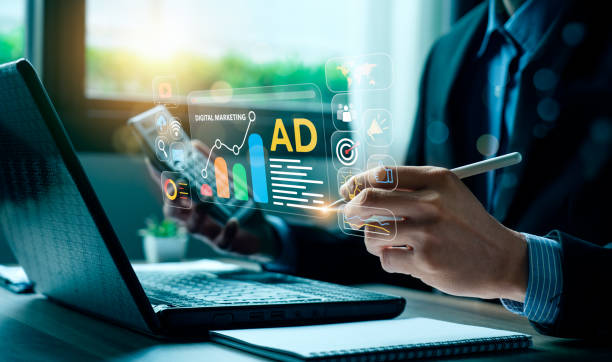
#On-Page SEO refers to the set of actions you take within your website to improve the site’s ranking in Google search results and other search engines.
These actions include optimizing content, site structure, title tags and meta descriptions, as well as improving page loading speed.
On-Page SEO is extremely important because it helps search engines better understand your site’s content and display it to users who are looking for relevant information.
By improving On-Page SEO, you can increase your site’s organic traffic, attract more visitors, and ultimately achieve your business goals.
On-Page SEO increases the relevance of content to the user’s query.
Correct use of keywords in titles and text is one of the main pillars of On-Page SEO.
By doing On-Page SEO correctly, your site will become more attractive to search engines and achieve a better ranking.
On-Page SEO is a continuous process and requires review and updates to get the best results.
If you want to be seen in the online world, paying attention to On-Page SEO is vital.
Do not forget that On-Page SEO is only part of the overall SEO strategy and should be coordinated with off-page SEO and Technical SEO.
Improving On-Page SEO helps you achieve your main goal, which is attracting more traffic and customers.
On-Page SEO requires careful analysis of keywords and user behavior.
On-Page SEO means creating an excellent user experience for site visitors.
Is your company’s website as professional and trustworthy as it should be? With professional corporate website design by Rasaweb, create an online presence that reflects your credibility and attracts more customers.
✅ Build a powerful and professional image of your brand
✅ Turn visitors into real customers
⚡ Get a free consultation now!
Keyword Research, the First Step in On-Page SEO

Keyword research is the first and most important step in the On-Page SEO strategy.
By researching keywords, you can understand what users are looking for in search engines and what phrases they are searching for.
This information helps you produce content based on the needs of your target audience and use appropriate keywords in titles, text, and meta descriptions.
There are various tools for keyword research, such as Ahrefs, SEMrush, and Keywordtool.io, which you can use to find keywords related to your field of work, check their search volume, and assess the level of competition.
Choosing the right keywords has a big impact on the success of your On-Page SEO.
On-Page SEO without proper keyword research is like building a house without a plan.
You need to know exactly what users want and create your content accordingly.
The goal of On-Page SEO is to increase organic traffic and attract targeted customers.
On-Page SEO with the right keywords helps you achieve your goal.
Also, optimizing content based on keywords allows your site to rank higher in search results and be more visible.
Optimizing Title and Meta Descriptions

Title Tags and Meta Descriptions are among the most important factors in optimizing On-Page SEO.
The title tag displays the title of your page in the search results and should be attractive and relevant to the content of the page.
It should also include the page’s primary keyword.
The meta description is a short summary of the page’s content that is displayed below the title in the search results.
The meta description should be attractive and persuasive to encourage users to click on your site’s link.
Both the title tag and meta description should be unique and optimized separately for each page of the site.
On-Page SEO through these two important elements helps search engines better understand the content of the page and display it to the right users.
Failure to pay attention to these issues can reduce your site’s ranking in search results.
Optimizing the title and meta descriptions is one of the easiest and most effective ways to improve On-Page SEO.
Optimized On-Page SEO helps increase sales and revenue by attracting more traffic.
| Element | Description | Best Practice |
|---|---|---|
| Title Tag | Page title in search results | Include keyword, attractive and concise |
| Meta Description | Summary of page content | Attractive, persuasive, and relevant |
Content Optimization for On-Page SEO
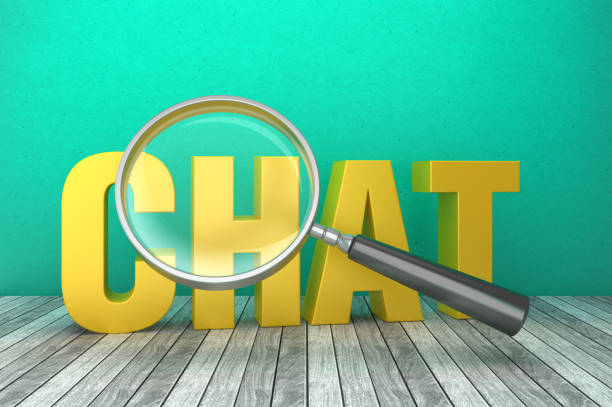
Content is king! This phrase is very famous in the world of SEO and shows that high-quality and valuable content plays a very important role in the success of your site.
To optimize content for On-Page SEO, you need to make sure that your content is relevant to the desired keywords, provides accurate and useful information to users, and answers their questions.
Also, your content should be readable and understandable and have a suitable structure (use of headings, subheadings, paragraphs, and lists).
On-Page SEO with good content helps you keep users on your site for longer, reduce the bounce rate, and ultimately improve your site’s ranking in search results.
On-Page SEO provides high-quality content to users.
On-Page SEO and valuable content are two sides of the same coin.
On-Page SEO and producing engaging content increase user engagement.
Good content along with On-Page SEO helps you gain user trust.
On-Page SEO makes the search engine love your content.
Is your online sales not as expected? With Rasaweb, solve the problem of low sales and poor user experience forever!
✅ Increase the conversion rate of visitor to customer
✅ Create a pleasant user experience and increase customer trust
⚡ Act now to receive free advice!
Image Optimization
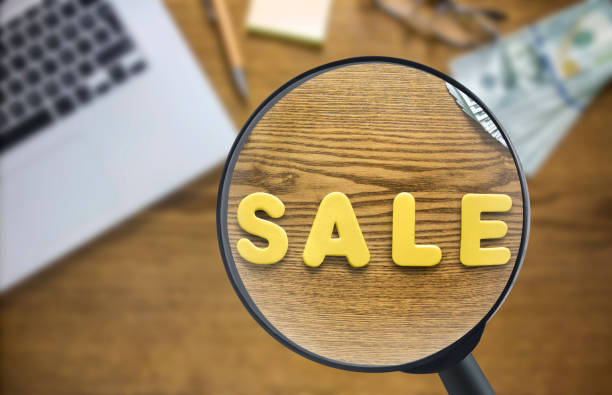
Images play an important role in the attractiveness and efficiency of your site.
But if images are not optimized correctly, they can slow down page loading and negatively impact On-Page SEO.
To optimize images, you should use appropriate formats (such as JPEG or PNG), appropriate size (as small as possible), and descriptive file names (including keywords).
You should also use the Alt tag for images to help search engines understand the image and display it in search results.
Image optimization is an important aspect of On-Page SEO that is often overlooked.
On-Page SEO with optimized images helps improve the user experience.
On-Page SEO turns images into a powerful tool for attracting traffic.
On-Page SEO and high-quality images increase the credibility of your site.
On-Page SEO turns images into an important element in your content strategy.
URL Structure and Internal Linking
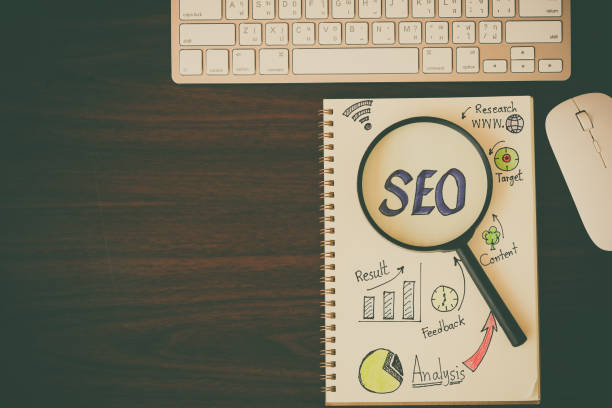
URL structure (page addresses) and internal linking are two important factors in On-Page SEO that help search engines understand your site structure and find important pages.
Page URLs should be short, descriptive, and include keywords.
Internal linking means creating links between different pages of the site, which helps search engines understand the connection between pages and increase the value of important pages.
Proper internal linking helps users easily navigate your site and find the information they need.
On-Page SEO with a suitable URL structure helps improve the user experience.
On-Page SEO and internal linking increase the credibility of important pages on your site.
On-Page SEO optimizes your site structure for search engines.
Page Loading Speed and Mobile SEO

Page loading speed and mobile compatibility are two very important factors in On-Page SEO that have a significant impact on user experience and your site’s ranking in search results.
Users expect site pages to load quickly, and if a page loads slowly, the likelihood of the user leaving the site increases.
Also, given the increasing use of mobile for searching the Internet, mobile compatibility (Responsive Design) is essential.
Google gives a better ranking to sites that have high loading speed and are compatible with mobile.
On-Page SEO with high loading speed helps improve the user experience.
On-Page SEO and mobile compatibility increase your site’s traffic.
On-Page SEO optimizes your site for mobile users.
| Factor | Importance | Key Points |
|---|---|---|
| Loading Speed | Very High | Optimize images, use CDN |
| Mobile Compatibility | Very High | Responsive Design |
Optimization for Voice Search
![]()
Voice Search is rapidly expanding, and many users are using voice assistants like Siri, Alexa, and Google Assistant to search the Internet.
To optimize your site for voice search, you should create your content in a way that answers common user questions and use conversational language.
You should also use Schema Markup to help search engines better understand your content.
On-Page SEO by optimizing for voice search helps you reach a wider audience.
On-Page SEO and voice search are the future of Internet search.
On-Page SEO optimizes your site for voice search users.
Did you know that 94% of first impressions of a company are related to its website design?
Rasaweb helps you create the best first impression by providing professional corporate website design services.
✅ Create a professional and reliable image of your brand
✅ Attract potential customers more easily and improve your online position
⚡ Get free corporate website design consultation
Using Structured Data (Schema Markup)

Structured Data (Schema Markup) is code that helps you provide more information about the content of your page to search engines.
By using structured data, you can tell search engines what your page is about, what type of content it has (e.g., article, product, event), and what important information it contains (e.g., product name, price, event date).
This information helps search engines better understand your content and display it in a richer format in search results (e.g., by displaying stars, prices, and images).
On-Page SEO using structured data helps improve your site’s ranking in search results.
On-Page SEO and structured data increase your site’s CTR (click-through rate).
On-Page SEO makes search engines love your content.
Measuring and Analyzing On-Page SEO Results
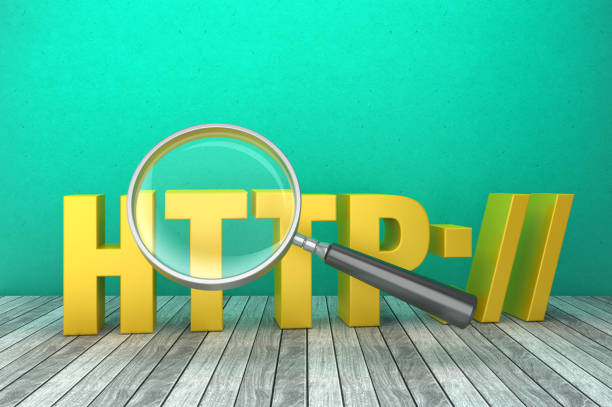
On-Page SEO is an ongoing process and requires measurement and analysis.
To find out how effective your On-Page SEO strategy is, you need to regularly review your results and make the necessary changes.
There are various tools for measuring and analyzing SEO results, such as Google Search Console and Google Analytics.
Using these tools, you can check your site traffic, find the keywords that are attracting traffic, check your site’s ranking in search results, and identify technical problems with your site.
On-Page SEO without measurement and analysis is like driving at night without lights.
On-Page SEO and data analysis helps you improve your strategy.
On-Page SEO turns your site into a money-making machine.
Frequently Asked Questions
| Question | Answer |
|---|---|
| What is On-page SEO? | On-page SEO refers to a set of actions performed within a website and on page content to achieve a better ranking in search results. |
| Why is on-page SEO important for a website? | On-page SEO helps search engines better understand your page content and assess its importance. It also provides a better user experience for visitors. |
| What are the most important factors of on-page SEO? | Key factors include keyword optimization, content quality, Title Tag, Meta Description, URL structure, heading tags (H1-H6), internal linking, and image optimization. |
| What role does the Title Tag play in on-page SEO? | The title tag is one of the most important on-page SEO factors, displaying your page title in search results and browser tabs. It should include the main keyword and be attractive. |
| What is the importance of Meta Description in on-page SEO? | The meta description provides a summary of the page content, and although it does not directly affect ranking, it can increase the click-through rate (CTR) by encouraging users to click. |
| How is the keyword used in on-page SEO? | Keywords are phrases that users use to search for information in search engines. The proper and natural use of them in the content helps the search engine to recognize the topic of the page. |
| What is internal linking and what is the benefit of it in on-page SEO? | Internal linking means creating links between different pages of a website. This helps distribute the credit of the pages, helps search engine bots crawl, and improves the user experience. |
| How does image optimization affect on-page SEO? | Image optimization includes compressing the size, using appropriate Alt tags, and appropriate file naming. This improves the page loading speed and helps search engines understand the image content. |
| What does quality content mean in on-page SEO? | Quality content means content that is comprehensive, accurate, unique, up-to-date, and user-friendly, and meets the needs of users. |
| What role does the URL structure play in on-page SEO? | Readable, short URLs that include the main keyword help search engines and users to better understand the content of the page and improve the user experience. |
And other services of Rasa Web advertising agency in the field of advertising
Smart brand identity: Professional optimization to improve SEO ranking using SEO-oriented content strategy.
Smart sales automation: An exclusive service for growing site visits based on attractive user interface design.
Smart linking: Designed for businesses looking to increase sales through accurate audience targeting.
Smart data analysis: An exclusive service for growing site visits based on the use of real data.
Smart Conversion Rate Optimization: A fast and efficient solution for digital branding with a focus on attractive user interface design.
And more than a hundred other services in the field of internet advertising, advertising consulting and organizational solutions
Internet advertising | Advertising strategy | Reportage advertising
Resources
What is Internal SEO and why is it important?
,On-Page SEO Training
,What is Internal SEO? Comprehensive guide to internal website optimization
,On-Page SEO: Everything You Need to Know – Moz
? Transform your business in the digital world with Rasaweb Afarin Digital Marketing Agency. From secure website design to search engine optimization and social media management, we guarantee your growth and success with targeted and specialized solutions.
📍 Tehran, Mirdamad Street, next to the Central Bank, South Kazerun Alley, Ramin Alley No. 6
`




